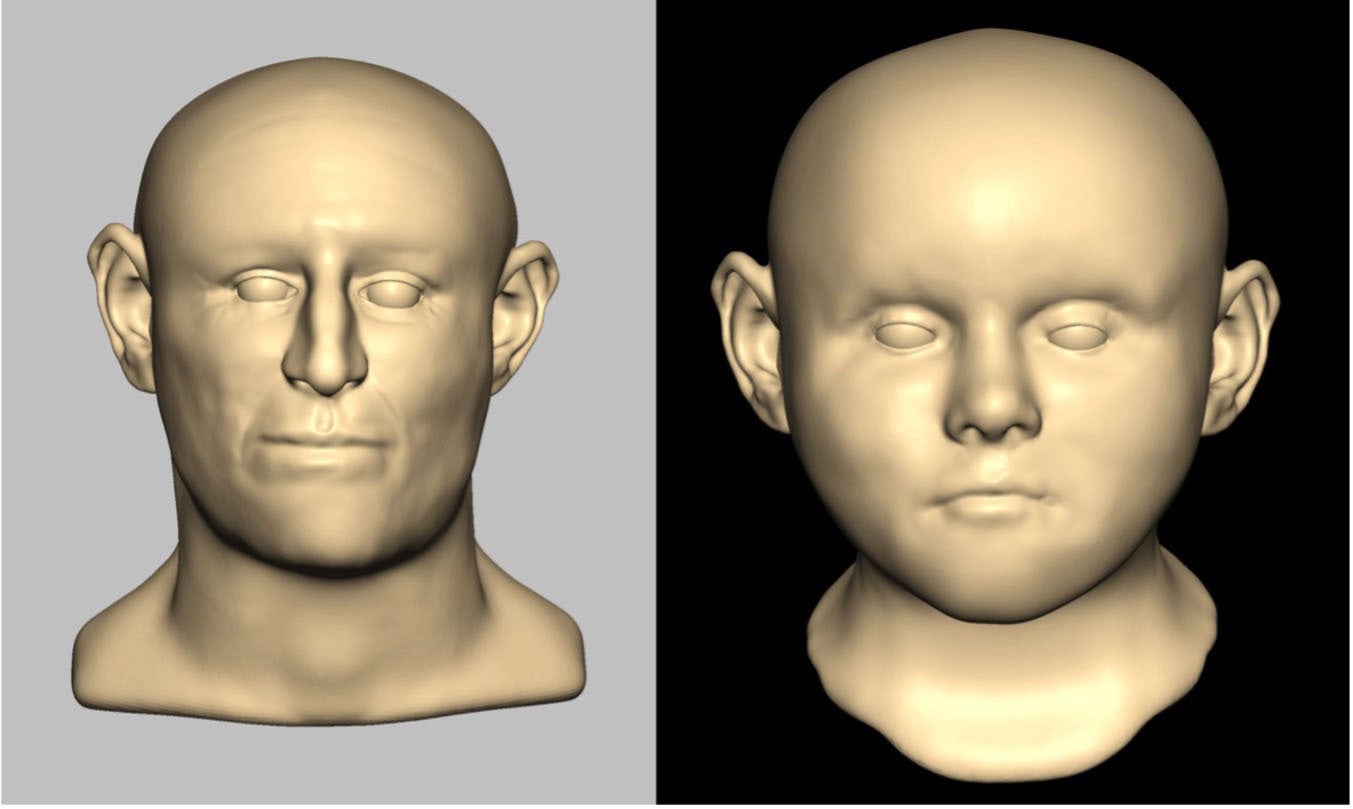Medieval massacre: Scientists shed new light on English antisemitic atrocities
Victims’ skeletons were discovered in a well in Norwich in 2004

A team of British scientists has revealed the first definitive archaeological evidence from the antisemitic massacres that raged across Europe between the 11th and 15th centuries.
Historical records show tens of thousands of Jews were slaughtered by antisemitic mobs in medieval Europe – but, until now, no confirmed trace of the victims had ever been found.
However, scientists from the Natural History Museum identified a group of medieval massacre victims as Jewish, using DNA from limb and ear bones.
It is only over the past six years that easily accessible archaeological analysis techniques have become sufficiently advanced to differentiate between DNA from the majority Western European medieval population and that of the continent’s Ashkenazi Jews.
The Natural History Museum successfully obtained DNA from around a third of the victims and found that all of them were Jewish.
"This is the first DNA evidence of the medieval antisemitic massacres that, up till now, we have only been aware of through the historical record," said the Natural History Museum’s principal researcher in ancient DNA, Dr Selina Brace.
Victims’ skeletons were discovered in a medieval well in Norwich in 2004 but early attempts to analyse DNA from the bones were not fully successful.
In total, at least 17 people, mostly children, appear to have been murdered and thrown down the well.
The victims included five babies and very young children under the age of six, three children aged 6 to 10 and two other youngsters, aged between 11 and 15. The murdered individuals also included an older teenager, at least three adult men and up to three adult women. Four of the six adults were in their 20s or early 30s, with the remaining two being older.
Detailed radiocarbon dating tests suggest that the victims were probably killed during a massacre of Jews that took place in Norwich on 6 February 1190.
It was part of a series of antisemitic massacres that raged across eastern England between September 1189 and spring 1190.
The attacks began in London in 1189 (on the day of Richard the Lionheart’s coronation) and then erupted again in Norwich in early February 1190, subsequently spreading to Kings Lynn (also in Norfolk), Stamford (in Lincolnshire), York, Bury St Edmunds (in Suffolk), Colchester (in Essex) and Thetford (in Norfolk). There was also an attack on the Jewish quarter in Lincoln – but the entire Jewish community there succeeded in finding shelter in that city’s castle.
In Norwich, many members of the approximately 200-strong Jewish community managed to escape the mob in the castle there – but some people were not able to find safety in time.
One historical account, written by a late 12th-century Dean of London’s St Paul’s Cathedral, stated that "many of those who were about to go to Jerusalem [on crusade] determined first to attack [England’s] Jews before they invaded the [the far-off lands of the] Saracens [Muslims]. Accordingly, on 6 February [in 1190 AD] in Norwich, all the Jews, who had not already taken refuge in [Norwich] castle and were found in their own houses, were butchered"
The antisemitic killings in England were part of a much bigger and even more murderous campaign across Europe between 1096 and 1495, in which more than 100,000 Jews were murdered.
The Norwich skeletons show no evidence of sword cuts or blunt force trauma. It is therefore almost certain that the killers either suffocated their victims or, more likely, slit their throats – a very common method of murder in medieval times.
Medieval Europe’s antisemitic massacres had complex political, ideological and economic origins but were broadly triggered by the papacy’s bid for increased political and geopolitical power (the so-called Gregorian Reforms of the 1070s), the Crusades (which lasted from 1095 to 1291) and an inaccurate perception that most Jews were involved in moneylending.
It is probably significant that the attacks on the Jews of Norwich and many other towns happened at the time England’s government and church were recruiting men across the country to join King Richard I on an upcoming anti-infidel crusade.
The newly identified DNA data from the Norwich massacre was published on Tuesday in the US scientific journal, Current Biology.
Subscribe to Independent Premium to bookmark this article
Want to bookmark your favourite articles and stories to read or reference later? Start your Independent Premium subscription today.

Join our commenting forum
Join thought-provoking conversations, follow other Independent readers and see their replies